
2 minute read
Reimagining Spaces:
Interior Architecture and the Metaverse, Future is Here and Now
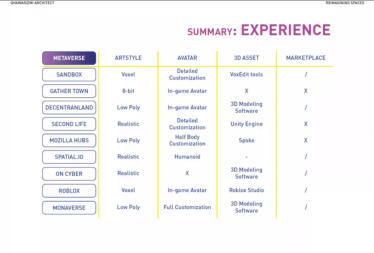
Advertisement
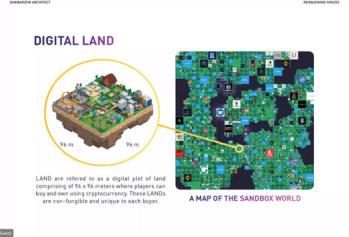
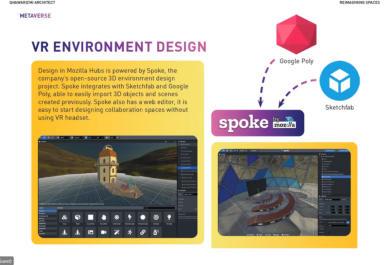
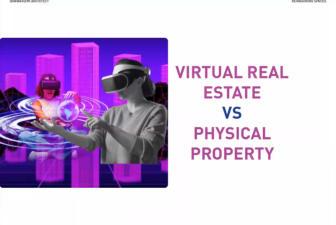
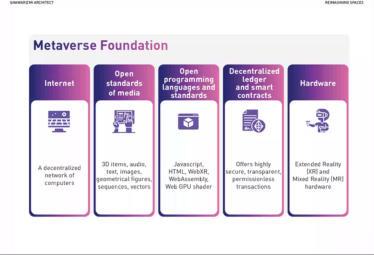
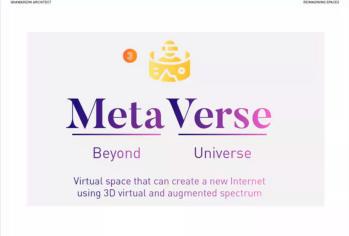
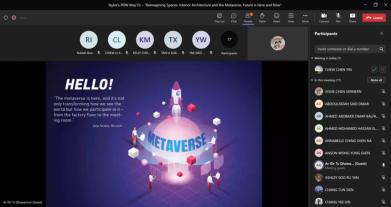
BY:QHAWARIZMI ARCHITECT (QWA)
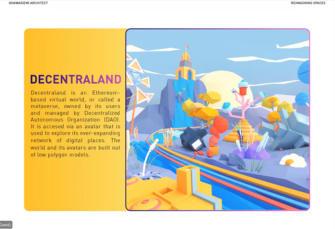
DATE:26.5.2023
TIME:11:30AM-12:30PM (1 HOUR)
SPEAKER:AR.IDR.TS QHAWARIZMI
In this seminar, Mr. Qhawarizmi shared valuable insights on how interior designers and architects can utilize the metaverse as a platform for creating spaces and explore its potential within our future working scope. He began by providing a brief timeline of the metaverse and explaining its underlying meaning. He then delved into the foundational elements of the metaverse, such as the internet, open standards of media, programming languages and standards, decentralized ledgers, smart contracts, and hardware. Furthermore, Mr. Qhawarizmi elaborated on the connection between the metaverse and Augmented Reality (AR), Virtual Reality (VR), and Mixed Reality, highlighting how these technologies can be incorporated into the metaverse to enhance our creative endeavors. He also discussed the different layers of the metaverse, touching upon important factors including the user experience, discovery of new content, the creator economy, spatial computing, decentralization, human interface, and infrastructure. During the seminar, Mr. Qhawarizmi emphasized four key usage areas of the metaverse. First, he explored the concept of virtual space, where users can engage in immersive experiences and interactions. He also discussed the utilization of Non-Fungible Tokens (NFTs), blockchain technology, and cryptocurrencies within the metaverse. Additionally, he provided insights into the application of the metaverse in the real estate industry, showcasing how it can aid in visualizing spaces, creating digital lands, and virtually viewing furniture or products. This integration allows physical properties to be mirrored and sold as NFTs
Furthermore, Mr. Qhawarizmi highlighted the differences between virtual real estate and physical property, focusing on five key points: economy, design, function, legal considerations, and sustainability. He explained the value, transaction methods, and revenue generation associated with virtual real estate, comparing it to the physical world. He also discussed the complex and abstract design possibilities in the metaverse, which are not constrained by the physical limitations of the real world. Moreover, Mr. Qhawarizmi discussed the differences in the development process between the metaverse and the physical world. He explained how instant development and progressive design using 3D software are possible in the metaverse, while physical construction requires time-consuming processes such as approvals, permits, and several years for completion. He also touched on the social and educational aspects, highlighting the contrast between the human touch, physical interactions, and multi-sensory experiences in the physical world compared to the metaverse.
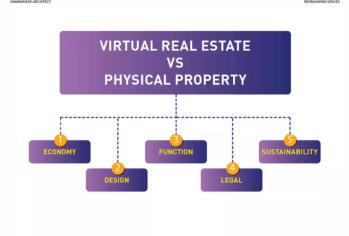
Throughout the seminar, Mr. Qhawarizmi shared insights into future lifestyle trends, including online shopping, hybrid work and learning environments, virtual travel experiences, global connectivity, VR/AR wearables, and drone delivery services. He supported his explanations with examples of metaverse designers and demonstrated how these concepts can be applied in our future practices as interior architects.
Overall, this seminar provided an intriguing vision of how interior designers and architects can incorporate the metaverse into their future endeavors. Mr. Qhawarizmi delivered a wellstructured and comprehensive talk, using graphics and key points to ensure clear understanding and digestion of the topics discussed. The seminar offered valuable insights, allowing attendees to grasp the potential and possibilities of the metaverse within the realm of interior architecture.
SEMINAR





